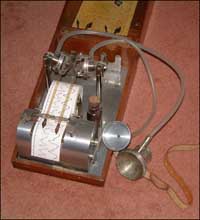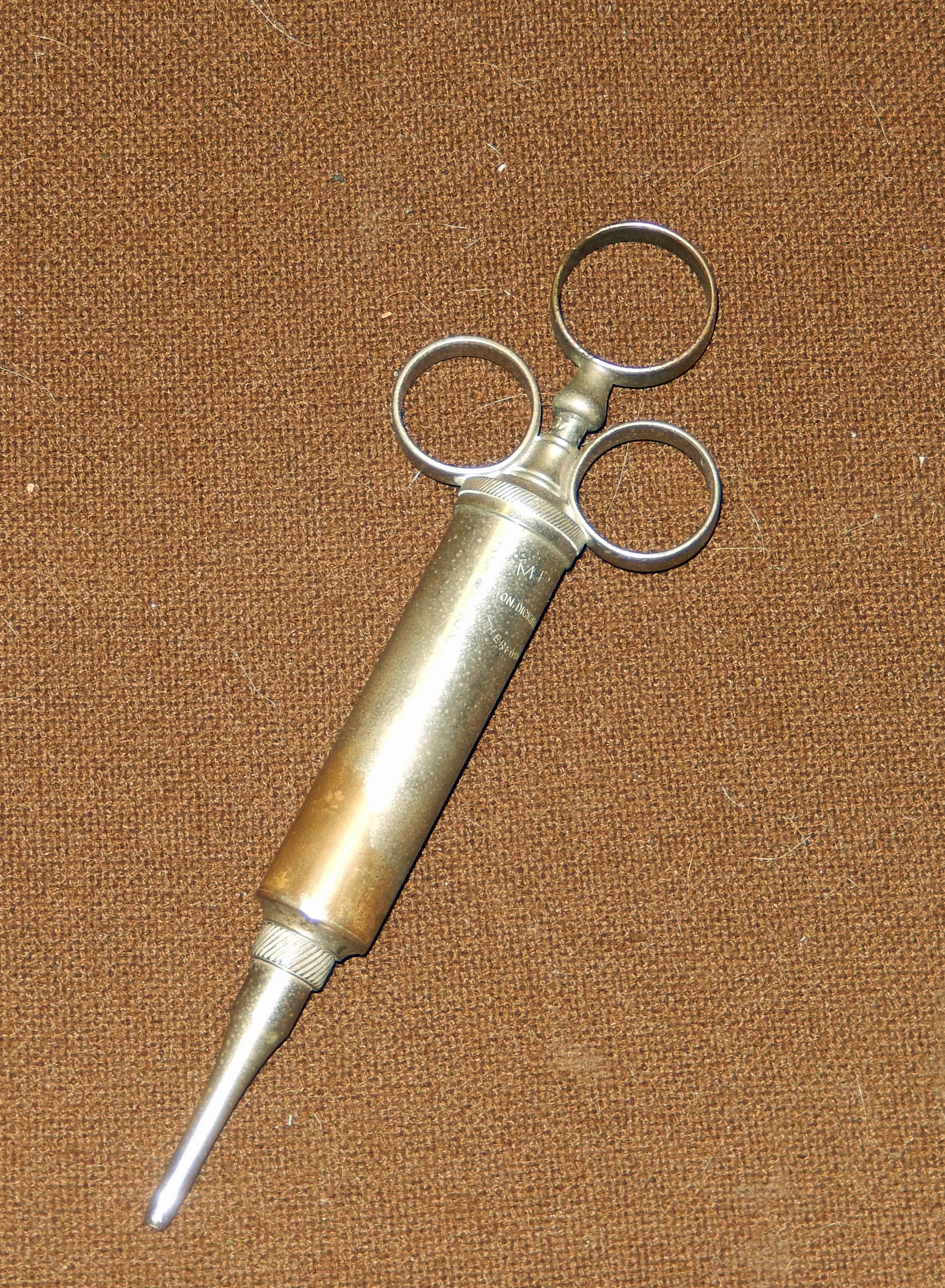The MCATs, new and improved, will save us! The overhauled medical school admissions test, which was approved by the American Association of Medical Colleges last February and will take effect in 2015, will devote almost half its questions to the social sciences and critical reasoning, with the latter including reading passages addressing cross-cultural issues and medical ethics. According to Darrell G. Kirch, President of the AAMC, the new version of the test will aid medical schools in finding students “who you and I would want as our doctors. Being good doctors isn’t just about understanding science, it’s about understanding people.”[1]
To which I reply: Will wonders never cease? We’re going to help medical schools make humanistic doctors with better people skills by making sure premed students are exposed to humanistic medicine as it filters through introductory psychology and sociology courses. Had AACP personnel perused a sampling of introductory psychology and sociology syllabi, they might have paused before deciding to cultivate this new skill set through introductory social science courses, which, in this day and age, devote little time to theories of personality, family structure and dynamics, psychosocial development, and psychodynamics – the very topics that engaged me when I studied introductory psychology in the fall of 1969. Still less do today’s introductory social science courses permit psychosocial and ethical consideration of health-related issues; for the latter, one seeks out upper-class courses in medical sociology, medical anthropology, and, of course, medical ethics.
If it’s a matter of choosing general nonscience courses that frame some of the ethical and cross-cultural (and racial and gender-related) issues tomorrow’s physicians will face, introductory philosophy courses in moral philosophy and/or ethics would be far more to the point. But I am a historian and my own bias is clear: At the top of horizon-broadening and humanizing courses would be surveys of nineteenth- and twentieth-century medicine in its cultural, political, and institutional aspects. I offer two such seminars to upper-class history majors at my university under the titles “Medicine and Society: From Antebellum America to the Present” and “Women, Their Bodies, Their Health, and Their Doctors: America, 1850 to the Present.” Both seminars address doctor-patient relationships over the past two centuries, a topic at the heart of the social history of medicine.
But let’s face it. Requiring premed students to take a few additional courses is a gesture – something more than an empty gesture but still a weak gesture. There is every reason to believe that students who spend their undergraduate years stuffing their brains with biology, organic chemistry, and physics will approach the social science component of premed studies in the same task-oriented way. The nonscience courses will simply be another hurdle to overcome. Premed students will take introductory psychology and sociology to learn what they need to know to do credibly well on the MCATs. And, for most of them, that will be that. Premed education will continue to be an intellectual variant of survivor TV: making the grade(s), surviving the cut, and moving on to the next round of competition.
The overhaul of the MCAT is premised on the same fallacy that persuades medical educators they can “teach” empathy to medical students through dramatizations, workshops, and the like. The fallacy is that physicianly caring, especially caring heightened by empathy, is a cognitive skill that can be instilled through one-time events or curricular innovations. But empathy cannot be taught, not really. It is an inborn sensibility associated with personality and temperament. It is not an emotion (like rage, anger, joy) but an emotional aptitude that derives from the commensurability of one’s own feeling states with the feeling states of others. The aptitude is two-fold: It signifies (1) that one has lived a sufficiently rich emotional life to have a range of emotions available for identificatory purposes; and (2) that one is sufficiently disinhibited to access one’s own emotions, duly modulated, to feel what the patient or client is feeling in the here and now of the clinical encounter. Empathy does not occur in a vacuum; it always falls back on the range, intensity, and retrievability of one’s own emotional experiences. For this reason, Heinz Kohut, who believed empathy was foundational to the psychoanalytic method, characterized it as “vicarious introspection,” the extension of one’s own introspection (and associated feelings) to encompass the introspection (and associated feelings) of another.
Everyone possesses this ability to one small degree or another; extreme situations elicit empathy even in those who otherwise live self-absorbed, relationally parched lives. This is why psychologists who present medical students with skits or film clips of the elderly in distressing situations find the students score higher on empathy scales administered immediately after viewing such dramatizations. But the “improvement” is short-lived.[2] An ongoing (read: characterological) predisposition to engage others in caring and comprehending ways cannot result from what one team of researchers breezily terms “empathy interventions.”[3]
If one seeks to mobilize a preexisting aptitude for empathic care giving, there are much better ways of doing it than adding introductory psychology and sociology courses to the premed curriculum. Why not give premed students sustained contact with patients and their families in settings conducive to an emotional connection. Let’s introduce them to messy and distressing “illness narratives” in a way that is more than didactic. Let’s place them in situations in which these narratives intersect with their own lived experience. To wit, let’s have all premed students spend the summer following their junior year as premed volunteers in one of three settings: pediatric cancer wards; recovery and rehab units in VA hospitals; and public geriatric facilities, especially the Alzheimer’s units of such facilities.
I recommend eight weeks of full-time work before the beginning of senior year. Routine volunteer duties would be supplemented by time set aside for communication – with doctors, nurses, and aids, but especially with patients and their families. Students would be required to keep journals with daily entries that recorded their experience – especially how it affected (or didn’t affect) them personally and changed (or didn’t change) their vision of medicine and medical practice. These journals, in turn, would be included with their senior-year applications to medical school. Alternatively, the journals would be the basis for an essay on doctor-patient relationships informed by their summer field work.
I mean, if medical educators want to jumpstart the humane sensibility of young doctors-to-be, why not go the full nine yards and expose these scientifically minded young people to aspects of the human condition that will stretch them emotionally. Emotional stretching will not make them empathic; indeed, it may engender the same defenses that medical students, especially in the third year, develop to ward off emotional flooding when they encounter seriously ill patients.[4] But apart from the emotions spurred or warded off by daily exposure to children with cancer, veterans without limbs, and elderly people with dementias, the experience will have a psychoeducational yield: It will provide incoming med students with a broadened range of feeling states that will be available to them in the years ahead. As such, their summer in the trenches will lay a foundation for clinical people skills far more durable that what they can glean from introductory psychology and sociology texts.
Those premed students of caring temperament will be pulled in an “empathic” direction; they will have an enlarged reservoir of life experiences to draw on when they try to connect with their patients during medical school and beyond. Those budding scientists who are drawn to medicine in its research or data-centric “managerial” dimension[5] will at least have broadened awareness of the suffering humanity that others must tend to. Rather than reaching for the grand prize (viz., a generation of empathic caregivers), the AAMC might lower its sights and help medical schools create physicians who, even in technologically driven specialties and subspecialties, evince a little more sensitivity. In their case, this might simply mean understanding that many patients need doctors who are not like them. A small victory is better than a Pyrrhic victory.
[1] Elisabeth Rosenthal, “Molding a New Med Student,” Education/Life Supplement, New York Times, April 15, 2012, pp. 20-22.
[2] Lon J. Van Winkle, Nancy Fjortoft, & Mohammadreza Hojat, “Impact of a Workshop About Aging on the Empathy Scores of Pharmacy and Medical Students,” Amer. J. Pharmaceut. Ed., 76:1-5, 2012.
[3] Sarah E. Wilson, Julie Prescott, & Gordon Becket, “Empathy Levels in First- and Third-Year Students in Health and Non-Health Disciplines,” Amer. J. Pharmaceut. Ed., 76:1-4, 2012.
[4] Eric R. Marcus, “Empathy, Humanism, and the Professionalization Process of Medical Education,” Acad. Med., 74:1211-1215, 1999; Mohammadreza Hojat, et al., “The Devil is in the Third Year: A Longitudinal Study of Erosion of Empathy in Medical School,” Acad. Med., 84:1182-1191, 2009.
[5] Beverly Woodward, “Confidentiality, Consent and Autonomy in the Physician-Patient Relationship,” Health Care Analysis, 9:337-351, 2001.
Copyright © 2012 by Paul E. Stepansky. All rights reserved.









